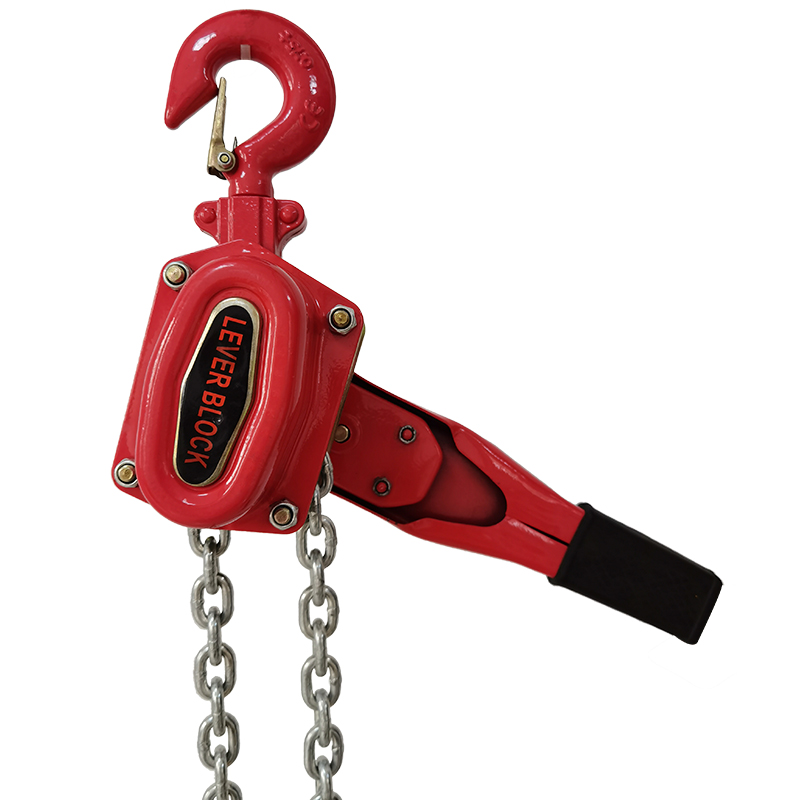


Fall Protection Equipment Ensuring Safety in the Workplace
In various industries, particularly construction, maintenance, and manufacturing, the risk of falls is a significant concern. According to the Occupational Safety and Health Administration (OSHA), falls are one of the leading causes of workplace injuries and fatalities. To mitigate these risks, employers are mandated to implement fall protection equipment and strategies to protect their workers. This article will explore the types of fall protection equipment, their importance, and best practices for usage.
Understanding Fall Hazards
Fall hazards can be found in numerous environments, including heights such as rooftops, scaffolding, ladders, and elevated platforms. The impact of a fall can lead to severe injuries, such as fractures, head trauma, or even death. Employers should conduct thorough assessments to identify potential fall hazards in the workplace and establish robust fall protection plans to address them.
Types of Fall Protection Equipment
1. Personal Fall Arrest Systems (PFAS) PFAS is the most effective means of preventing falls from heights. This system typically consists of a full-body harness, lanyards, and an anchorage point. The harness distributes the impact force over the body in the event of a fall, thereby minimizing the risk of injury.
2. Guardrails Guardrails are physical barriers erected around elevated platforms, roofs, and other areas where a fall could occur. They are designed to prevent workers from falling off edges. According to OSHA standards, guardrails must meet specific height and structural integrity requirements to be deemed effective.
3. Safety Nets Safety nets are installed below work areas to catch falling workers or tools. These nets are especially useful in construction sites where workers may be operating at significant heights. Safety nets must be tested and installed according to industry standards for effective protection.
4. Lifelines Lifelines are flexible cables that provide a connection point for fall arrest harnesses. They are often used in conjunction with other fall protection systems to ensure that workers have a secure method to move around while minimizing the risk of falling.
5. Scaffoldings When working at elevated heights, scaffoldings are essential to provide stable working platforms. They should be inspected regularly for any signs of wear or instability and be constructed per safety regulations.
6. Fall Protection Positioning Systems These systems allow workers to be safely positioned at a worksite without the risk of falling. They consist of a harness and lanyard, which provide support and stability when a worker needs both hands free to conduct tasks.

Importance of Fall Protection Equipment
The implementation of fall protection equipment is vital for several reasons
- Reducing Injuries and Fatalities By providing appropriate gear and systems, employers significantly lower the risk of serious injuries and fatalities associated with falls. - Compliance with Regulations In many jurisdictions, employing fall protection systems is a legal requirement. Companies that fail to comply risk legal repercussions, including fines and increased insurance costs.
- Enhancing Productivity Ensuring the safety of workers can lead to increased morale and productivity
. Workers who feel safe on the job are likely to perform better and are less prone to accidents.Best Practices for Using Fall Protection Equipment
1. Training Workers must be adequately trained to use fall protection equipment. Regular training sessions should cover proper usage, inspection techniques, and emergency response procedures.
2. Regular Inspections All fall protection equipment should undergo routine inspections to ensure it is in good condition. Any equipment found to be damaged or worn should be removed from service immediately.
3. Developing a Fall Protection Plan Employers should collaboratively develop a comprehensive fall protection plan that outlines the specific equipment to be used, procedures to follow, and emergency response measures.
4. Proper Usage Ensure that workers are trained in the correct use of their fall protection systems and understand the importance of wearing their harnesses at all times when working at heights.
In conclusion, fall protection equipment is a critical component of workplace safety. By implementing effective fall protection measures and fostering a culture of safety, employers can protect their workers, comply with regulations, and improve overall workplace efficiency. It is a shared responsibility that benefits everyone involved in the work process.



